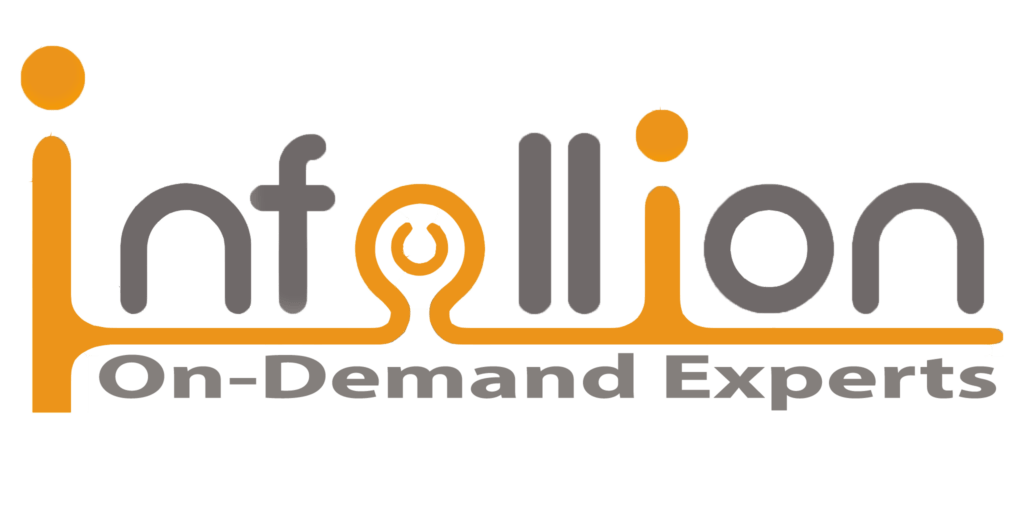Curriculum
- 6 Sections
- 37 Lessons
- 1 Day
Expand all sectionsCollapse all sections
- Circular Economy Principles in Tyre Manufacturing7
- 1.17 Rs of Circularity – Reduce, Reuse, Recycle, Recover, Redesign, Refurbish, Repurpose
- 1.2Closed-loop supply chain design and reverse logistics
- 1.3Linear vs. Circular models: cradle-to-grave → cradle-to-cradle
- 1.4Material Flow Analysis (MFA) and Circularity Index (CI)
- 1.5Global frameworks: EU Circular Economy Action Plan, India EPR rules (2022)
- 1.6Sustainability roadmap and growing focus on end-of-life tyre management partnerships.
- 1.7Interactive Exercise: Map the “Tyre Lifecycle Loop” — from raw material sourcing to recycling touchpoints.
- End-of-Life Tyre (ELT) Management & Recycling Technologies9
- 2.1Mechanical Recycling: Shredding, granulation, crumb rubber production
- 2.2Devulcanization: Reversing cross-links to reclaim base polymer (microwave, chemical, mechanical)
- 2.3Pyrolysis: Controlled thermal decomposition to recover oil, gas, steel, and carbon black
- 2.4Recovered Carbon Black (rCB): Substituting virgin carbon black in new compounds
- 2.5Chemical Recycling: Solvolysis and depolymerization innovations
- 2.6Process yields, economics, and environmental trade-offs
- 2.7Case Study- Pilot exploration of tyre pyrolysis tie-ups
- 2.8Case Study- Chemical devulcanization for rubber reclaim
- 2.9Exercise: Compare lifecycle CO₂ savings between pyrolysis, devulcanization, and landfill scenarios using a given dataset
- Designing for Circularity – Materials & Product Redesign7
- 3.1Design-for-disassembly (D4D) concepts
- 3.2Modular tyre construction and retreadable casings
- 3.3Lightweighting & sustainable fillers enabling recyclability
- 3.4Compatibility between virgin and reclaimed rubber compounds
- 3.5Green material certifications – ISCC+, RSPO, bio-based standards
- 3.6Industry based examples: Airless tyre | tyre (90 % sustainable content)
- 3.7Exercise: Redesign a passenger-car tyre for 50 % material circularity – participants propose compound and design adjustments.
- Business Models & Policy Drivers for Circular Value7
- 4.1Extended Producer Responsibility (EPR) mechanisms
- 4.2Deposit-refund and buy-back schemes for ELTs
- 4.3Reverse logistics & partner ecosystem creation
- 4.4Carbon credit and waste-to-energy monetization models
- 4.5ESG disclosures and sustainability reporting (BRSR Core, TCFD linkage)
- 4.6Potential for Dealer Network-based tyre take-back program
- 4.7Interactive Exercise: Design a “Circular Business Model Canvas” outlining stakeholder incentives and KPIs
- Technology Roadmap & Global Best Practices5
- 5.1Continental’s ContiRe retreading ecosystem
- 5.2Goodyear’s “RecycleForce” initiative for rubber reclaim
- 5.3AI-based sorting and RFID traceability of recycled materials
- 5.4Blockchain for material provenance and compliance tracking
- 5.5Exercise: Rank technologies by feasibility vs. impact for context (quick prioritization matrix)
- Action Planning & Road to Circular Excellence2
Closed-loop supply chain design and reverse logistics
Next

